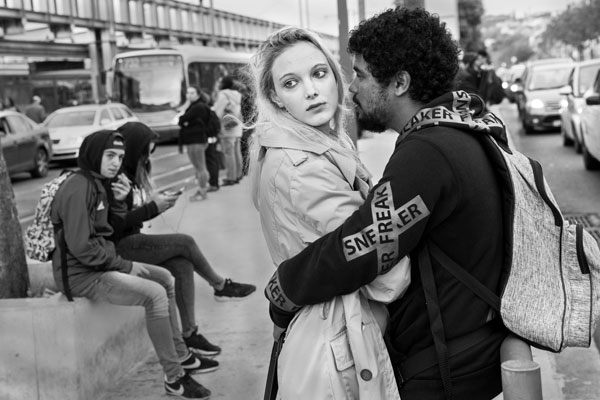8 Easy Facts About Framing Streets Explained
8 Easy Facts About Framing Streets Explained
Blog Article
Framing Streets Can Be Fun For Everyone
Table of ContentsHow Framing Streets can Save You Time, Stress, and Money.Framing Streets Can Be Fun For EveryoneFascination About Framing StreetsAll About Framing StreetsThe Of Framing StreetsNot known Details About Framing Streets
, generally with the purpose of capturing images at a decisive or touching minute by cautious framework and timing. https://fl-miami.cataloxy.us/firms/framingstreets.com.htm.
, who was influenced to embark on a similar documentation of New York City. As the city created, Atget assisted to advertise Parisian streets as a deserving subject for photography.

Framing Streets - Truths
Andre Kertesz.'s extensively admired Images la Sauvette (1952) (the English-language edition was labelled The Crucial Moment) promoted the idea of taking an image at what he termed the "decisive minute"; "when form and material, vision and composition merged right into a transcendent whole" - photography presets.
Framing Streets for Dummies
The recording maker was 'a covert cam', a 35 mm Contax hidden below his coat, that was 'strapped to the chest and attached to a long wire strung down the best sleeve'. Nonetheless, his job had little contemporary effect as due to Evans' sensitivities concerning the creativity of his job and the privacy of his subjects, it was not published till 1966, in guide Numerous Are Called, with an introduction composed by James Agee in 1940.
Helen Levitt, then an instructor of little ones, related to Evans in 193839. She documented the transitory chalk illustrations - Street photography that became part of children's road society in New york city at the time, as well about his as the youngsters that made them. In July 1939, Mo, MA's new digital photography area included Levitt's operate in its inaugural exhibitRobert Frank's 1958 book,, was substantial; raw and typically indistinct, Frank's pictures examined conventional digital photography of the moment, "tested all the formal regulations set by Henri Cartier-Bresson and Pedestrian Evans" and "contradicted the wholesome pictorialism and genuine photojournalism of American publications like LIFE and Time".
Report this page